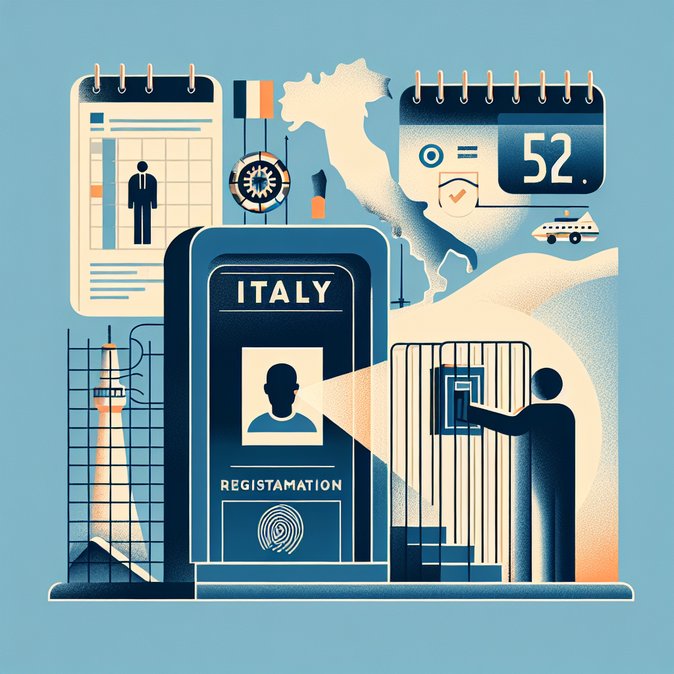
Italy has quietly updated its entry regime for short-stay visitors in the run-up to two major EU border-management changes. According to a 18 November report carried by News.Az, border officers at Italian air and sea ports have already begun pilot use of the Entry/Exit System (EES), the EU-wide biometric kiosk network that will replace the traditional passport stamp for non-EU travellers making stays of up to 90 days. Travellers may be asked to give fingerprints or a facial scan before proceeding to baggage reclaim, so carriers and ground-handlers are advising passengers to allow extra time at arrival halls.
The same guidance note reminds visa-free nationals that the separate European Travel Information and Authorisation System (ETIAS) is now scheduled to become mandatory in the last quarter of 2026. ETIAS will require an online application, a €20 fee and advance approval before boarding for the Schengen area—including Italy. Although ETIAS is not yet active, Italian travel-trade associations are urging corporate travel managers to begin updating policy documents and traveller-briefing templates now so that frequent travellers are prepared once the launch date is confirmed.
![Italy outlines new tourist-entry regime as EU biometric border systems roll out]()
For national-visa applicants, the article notes that Italian consulates have tightened document-submission rules and are enforcing in-person biometric capture more strictly, in line with Decree-Law 145/2024. Business-travel advisers say companies should factor at least two extra weeks into assignment timelines for staff who still need a type-D visa or who expect to stay in Italy longer than 90/180 days.
The practical implications are clear: passports must still be valid three months beyond planned departure and contain two blank pages; travel-insurance proof remains compulsory for visa applicants; and early appointment booking is strongly recommended, especially for peak seasons. Carriers serving Italy are already adding EES/biometric reminders to pre-departure messages, and many travel-risk platforms have begun auto-pushing ETIAS alerts to profiles whose passports qualify for the new authorisation. Companies that manage high-volume traveller flows into Italy—tour operators, cruise lines and conference organisers among them—are expected to be most affected by the added administrative steps.
The same guidance note reminds visa-free nationals that the separate European Travel Information and Authorisation System (ETIAS) is now scheduled to become mandatory in the last quarter of 2026. ETIAS will require an online application, a €20 fee and advance approval before boarding for the Schengen area—including Italy. Although ETIAS is not yet active, Italian travel-trade associations are urging corporate travel managers to begin updating policy documents and traveller-briefing templates now so that frequent travellers are prepared once the launch date is confirmed.

For national-visa applicants, the article notes that Italian consulates have tightened document-submission rules and are enforcing in-person biometric capture more strictly, in line with Decree-Law 145/2024. Business-travel advisers say companies should factor at least two extra weeks into assignment timelines for staff who still need a type-D visa or who expect to stay in Italy longer than 90/180 days.
The practical implications are clear: passports must still be valid three months beyond planned departure and contain two blank pages; travel-insurance proof remains compulsory for visa applicants; and early appointment booking is strongly recommended, especially for peak seasons. Carriers serving Italy are already adding EES/biometric reminders to pre-departure messages, and many travel-risk platforms have begun auto-pushing ETIAS alerts to profiles whose passports qualify for the new authorisation. Companies that manage high-volume traveller flows into Italy—tour operators, cruise lines and conference organisers among them—are expected to be most affected by the added administrative steps.








